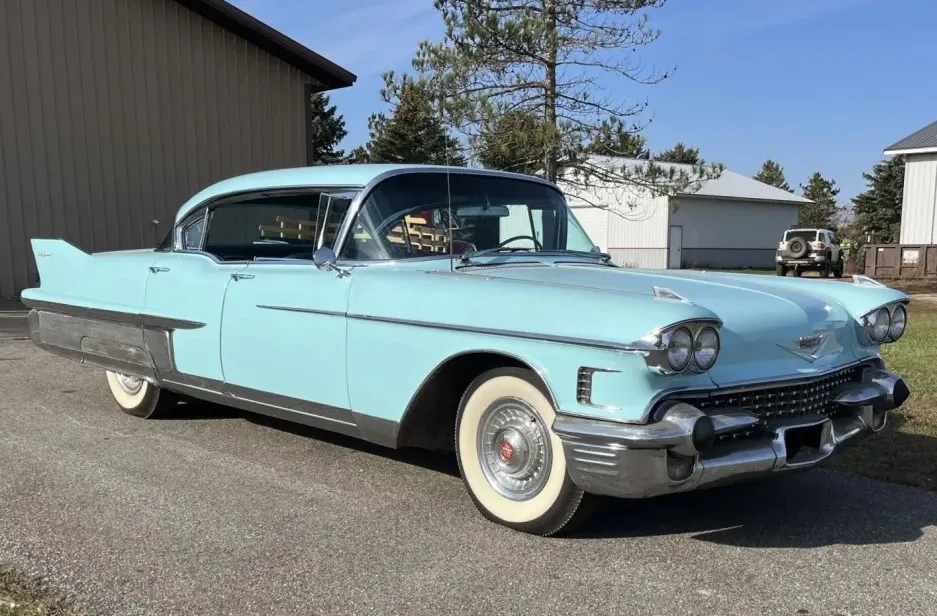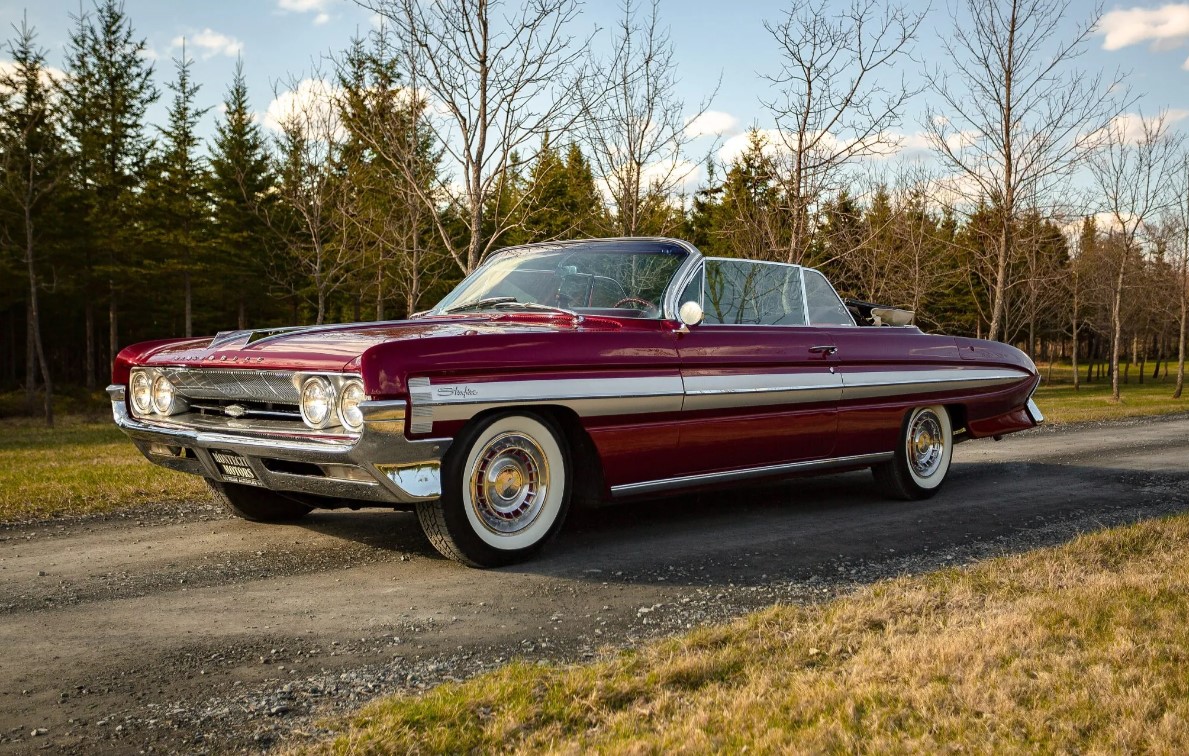The automotive industry in the 1970s was marked by a mix of innovative designs and a response to the changing landscape of fuel efficiency and safety standards. Among the standout vehicles of that era was the 1976 AMC Pacer, a compact car that remains an icon of quirkiness and innovation. Introduced by the American Motors Corporation (AMC) as an answer to the demand for smaller, more fuel-efficient cars, the Pacer stood out with its distinctive design and unique features.

Design and Styling

The most immediately recognizable feature of the 1976 AMC Pacer was its unconventional and futuristic design. Designed by Richard A. Teague, the Pacer boasted a distinctive bubble-like shape, large glass windows, and a short hood. Its wide, rounded body and large windows gave it a distinctively spacious feel, earning it the nickname "the fishbowl on wheels." The Pacer embraced a design philosophy that set it apart from the more conventional cars of its time.

The car's wide stance and short overhangs not only contributed to its unique appearance but also enhanced its handling and stability. The design choices were bold, reflecting a departure from the conservative styling of many cars in the mid-1970s. Despite its polarizing aesthetic, the Pacer's design has gained a cult following over the years, with enthusiasts appreciating its distinct personality.
Interior Comfort and Innovation

The Pacer's unique design extended to its interior, where it aimed to provide a spacious and comfortable environment for passengers. The large glass area, including the wraparound rear window, created a bright and airy cabin, setting it apart from other compact cars of its time. The Pacer was also one of the first cars to feature a passenger door longer than the driver's door, allowing for easier access to the rear seats.

Inside, the Pacer showcased a modular dashboard with a center-mounted instrument cluster, a feature ahead of its time. This design allowed for greater flexibility in accommodating left-hand and right-hand drive markets without significant modifications. The Pacer's commitment to innovation was evident in its inclusion of features like air conditioning, power steering, and power brakes as standard, providing a level of comfort not commonly found in compact cars of the era.
Performance and Engine Options

Under the hood, the 1976 AMC Pacer offered a variety of engine options to cater to different consumer preferences. The base model featured a 3.8-liter inline-six engine, while a more powerful 4.2-liter V8 engine was available as an option. The Pacer's compact size and relatively lightweight construction contributed to its nimble handling and efficient fuel consumption.
The Pacer was marketed as a fuel-efficient alternative during a period marked by rising fuel prices and growing concerns about energy consumption. Its smaller footprint and innovative design aimed to capture a market segment looking for a unique, yet practical, vehicle.
Cultural Impact and Legacy

While the 1976 AMC Pacer did not achieve commercial success on the scale of some of its competitors, it left an enduring mark on automotive history. Its distinctive appearance made it a pop culture icon, featuring prominently in movies such as "Wayne's World," where it became the iconic "Mirth Mobile" driven by the character Garth Algar.

The Pacer's legacy extends beyond its initial production years. Enthusiasts and collectors appreciate its unconventional design and the pioneering spirit it embodied during a transformative period in the automotive industry. Today, the 1976 AMC Pacer is celebrated at car shows and gatherings, showcasing its enduring appeal and the impact of its unique design on the cultural landscape.
Conclusion

The 1976 AMC Pacer stands as a testament to the innovative spirit of the 1970s automotive industry. Its bold design, emphasis on passenger comfort, and commitment to incorporating cutting-edge features set it apart in a market dominated by more traditional offerings. While it may not have been a commercial blockbuster, the Pacer's distinct personality and cultural impact ensure its place as an enduring symbol of an era marked by change, experimentation, and a quest for uniqueness on the road.


